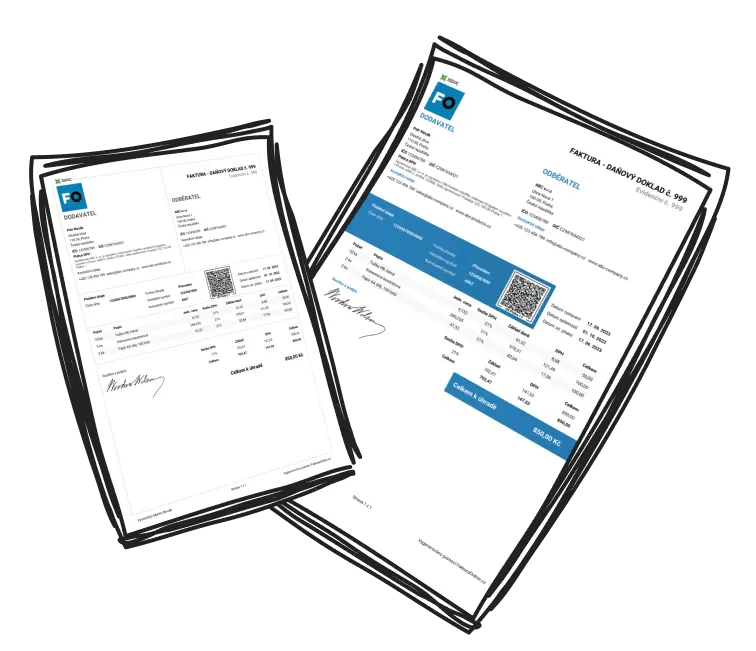How to Write Newsletters That Capture Attention
Many newsletters fail because they miss the mark on audience targeting and purpose—here’s how you can avoid this. Learning how to write newsletters effectively starts with clear objectives and a strong understanding of your audience.
To begin, define the purpose of your newsletter—are you aiming to educate, entertain, or drive specific actions? This focus guides the tone, structure, and content. Next, identify and research your audience's preferences, such as demographics and habits, to ensure relevancy. Finally, select a tone and style that aligns with your audience—whether it's professional, friendly, or playful, consistency fosters trust and engagement.

Tip
To identify your audience, look at customer personas, feedback, or engagement data to pinpoint what resonates with them.
What Are the Steps on How to Write an Attention-Grabbing Newsletter?
A streamlined process breaks the overwhelm—get step-by-step clarity here. Follow these six clear steps to craft an exceptional newsletter:
Plan the topic and goal of your newsletter—know why you're writing and what outcome you want.
Create a compelling subject line to immediately catch attention.
Write a concise, engaging introduction highlighting the newsletter's value.
Develop actionable and clear content that is easy to read and meaningful.
Include visuals (like images, videos, or infographics) to boost appeal and break up text.
End with a call-to-action (CTA) that directs readers on what to do next (e.g., "Read More," "Sign Up Now").
The Secret to Connecting When Writing Your Newsletter for Your Audience
When people feel like your newsletter was written just for them, they’ll keep coming back. Personalization is the key to creating a deep connection with your audience.
Use the recipient’s name and segment content to match their preferences.
Focus on addressing pain points and providing solutions or exclusive value.
Write in a relatable tone—whether that’s casual, humorous, or formal—and tell authentic stories that resonate.

Tip
Utilize past user behavior and preferences for effective personalization. It shows you understand your readers' needs.

Example
Segment your audience by interests. For instance, send fitness tips to health-conscious subscribers and new product updates to loyal customers.
What to Include When Learning How to Write a Great Newsletter
Miss one of these essentials, and your newsletter risks irrelevance! The following core elements elevate your content from generic to engaging:
Catchy subject line—it’s your first chance to grab attention.
Welcoming introduction that sets the tone for the content.
Actionable and relatable content, such as advice, offers, or news.
Visuals that break text monotony, like images, GIFs, or infographics.
Call-to-action to guide readers toward their next step.
The subject line is your most important hook—try a question, statistic, or personalized phrase to intrigue the reader.

Example
An engaging subject line could be, “Your Exclusive 20% Discount Inside – Don’t Miss Out!”
How to Write Impactful and Engaging Newsletters to Connect with Readers
Even the best design can’t cover for lackluster content—learn to make your writing unforgettable. To create impactful newsletters, focus on value and readability. Use storytelling to form emotional connections; for example, share a behind-the-scenes moment or a customer success story.
Additionally, keep paragraphs short and scannable to ensure easy reading. Mix up content with visuals to maintain interest and eliminate clutter. Even when keeping things simple, always deliver value—educate, entertain, or solve a problem.

Tip
Use storytelling to engage readers emotionally and leave a lasting impression.

Warning
Avoid overloading your newsletter with text or irrelevant information—it’s better to be concise than risk reader fatigue.

